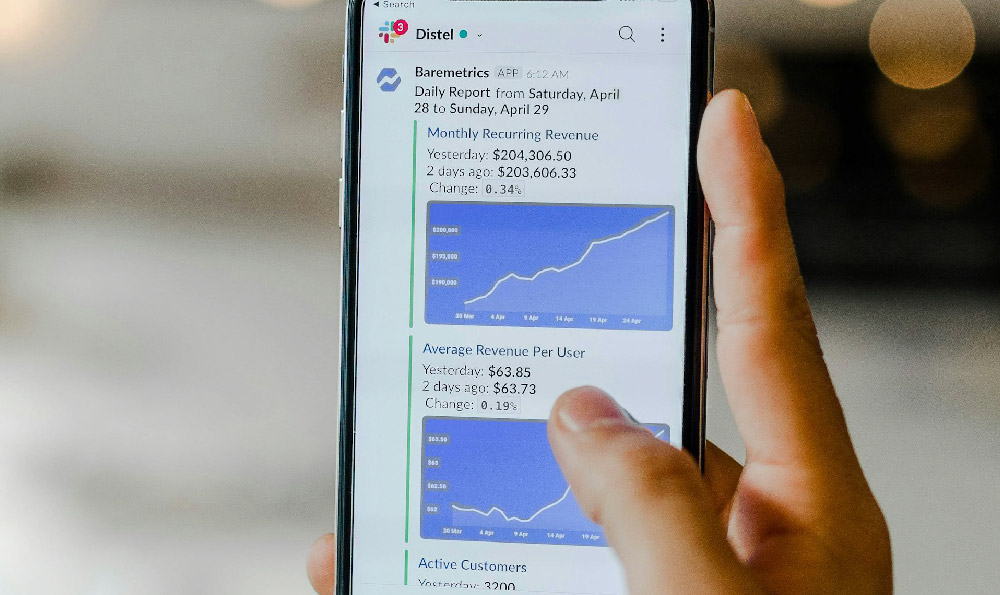Navigating the gig economy, particularly ventures like Uber Eats, often presents a complex calculus of time, effort, and potential profit. Determining whether delivering food part-time through this platform is "worth it" necessitates a deep dive into the multifaceted factors that influence profitability and overall satisfaction. Let's unpack this question with a perspective honed from years of analyzing investment strategies, ensuring a balanced and informed decision-making process.
The allure of Uber Eats lies in its flexibility. The ability to work on your own schedule, accepting or rejecting delivery requests as desired, is undeniably attractive, especially for those seeking supplemental income alongside existing employment or other commitments. This freedom, however, comes with responsibilities. To truly assess profitability, you must meticulously track expenses. These expenses are significantly broader than simply gasoline costs. Consider vehicle depreciation – the gradual decline in your car's value due to wear and tear. Regular maintenance, including oil changes, tire rotations, and potential repairs, is also a recurring cost that must be factored in. Then there's insurance. While Uber Eats provides some coverage while actively delivering, it's often advisable to consult with your insurance provider to understand the potential impact on your personal policy and whether supplemental coverage is necessary. Don't underestimate the impact of taxes. As an independent contractor, you're responsible for paying self-employment taxes, which can be a significant percentage of your earnings.
Once you've established a clear picture of your expenses, the next step is to analyze your earning potential. This is where market dynamics play a crucial role. Delivery demand fluctuates depending on factors like time of day, day of the week, weather conditions, and local events. Researching peak hours and high-demand areas can significantly increase your chances of securing more deliveries and maximizing earnings. Furthermore, understand the Uber Eats payment structure in your area. This often involves a base fare, a per-mile rate, and potential surge pricing during periods of high demand. Become familiar with the app's features that show delivery opportunities and estimated earnings before accepting requests. Experiment with different strategies. Track your acceptance rate and how it impacts the frequency of delivery offers. Consider specializing in deliveries from restaurants that tend to have larger orders or consistently high demand.

Beyond the purely financial aspects, the "worth it" equation includes considering the non-monetary factors that influence your overall experience. Physical toll is a key consideration. Spending hours driving can be physically demanding, leading to fatigue, back pain, and other health issues. Plan for regular breaks, prioritize comfort, and ensure your vehicle is properly maintained to minimize the strain on your body. Time management skills are essential for maximizing efficiency and preventing burnout. Effectively managing your time between deliveries, personal commitments, and other responsibilities is crucial for long-term sustainability. Finally, be aware of the potential safety risks associated with delivery work. Familiarize yourself with your local area, avoid high-crime zones, and be vigilant about your surroundings, especially during nighttime deliveries.
To avoid common pitfalls, consider these recommendations: Start small and track everything. Before committing to full-time hours, start with a few deliveries to get a feel for the process and track your earnings and expenses meticulously. This will provide valuable insights into your personal profitability. Be selective with deliveries. Don't blindly accept every delivery request. Consider the distance, the estimated time, and the payout before accepting. Prioritize deliveries that offer the best return on your time and effort. Minimize expenses. Look for ways to reduce your costs, such as driving efficiently, taking advantage of gas rewards programs, and performing basic vehicle maintenance yourself. Build relationships with restaurants. Establishing good relationships with restaurant staff can lead to quicker order pickups and potential tips. Utilize tax-deduction opportunities. Keep accurate records of your mileage, expenses, and other deductible items to minimize your tax burden.
Ultimately, the decision of whether Uber Eats part-time is profitable and "worth it" is a highly personal one. It depends on your individual circumstances, your financial goals, and your tolerance for the demands of the job. By carefully analyzing the financial aspects, considering the non-monetary factors, and implementing strategies to maximize efficiency and minimize risks, you can make an informed decision that aligns with your overall objectives. Remember that the gig economy is constantly evolving, so continuous learning and adaptation are essential for long-term success. Just as any investment requires diligent research and risk management, approaching Uber Eats with a strategic mindset can significantly improve your chances of turning it into a worthwhile and profitable endeavor.












